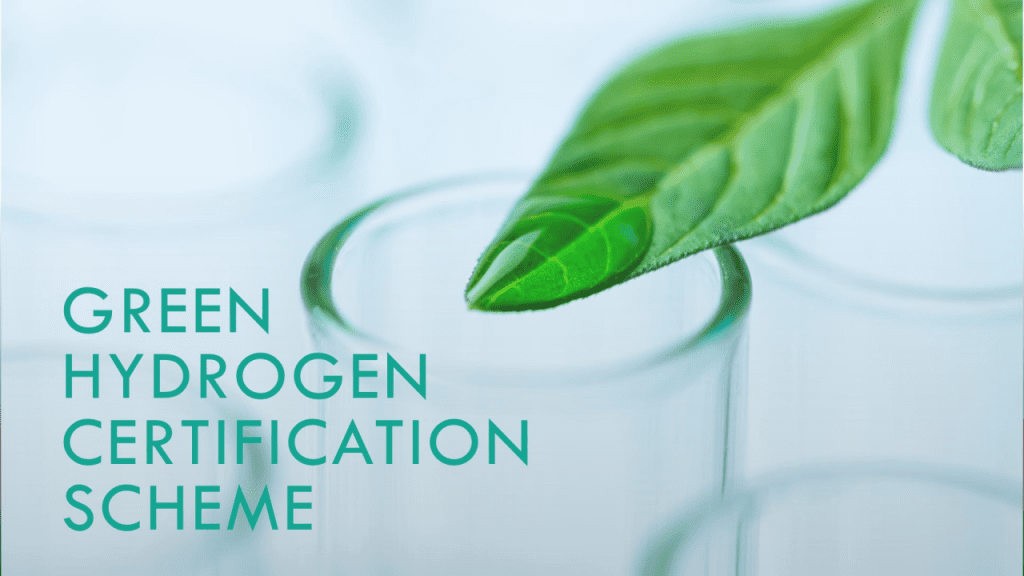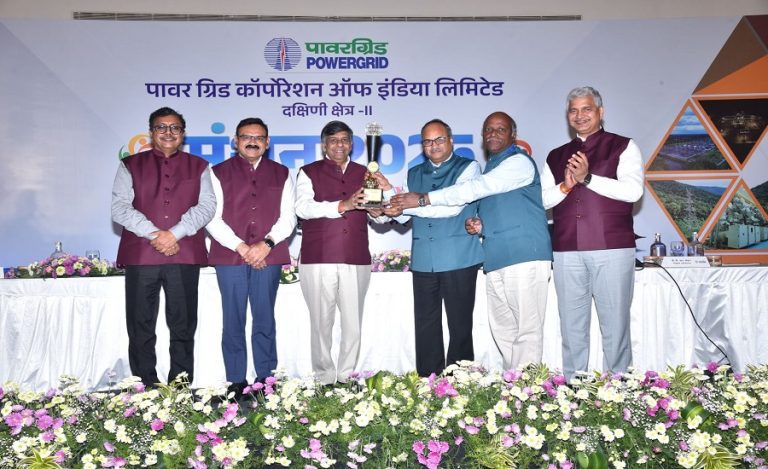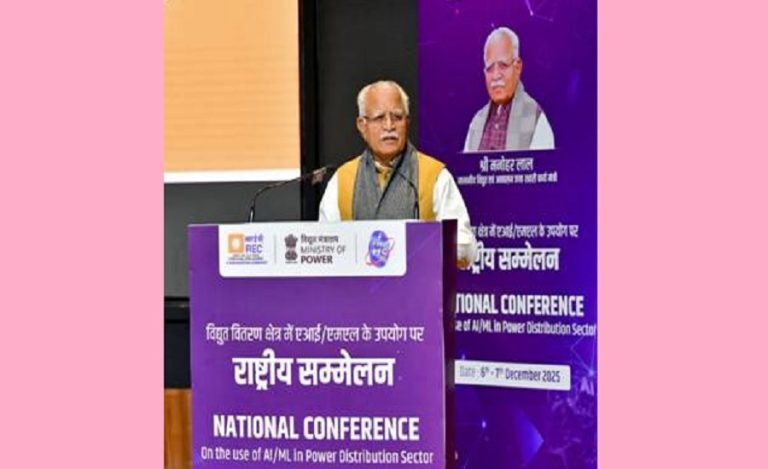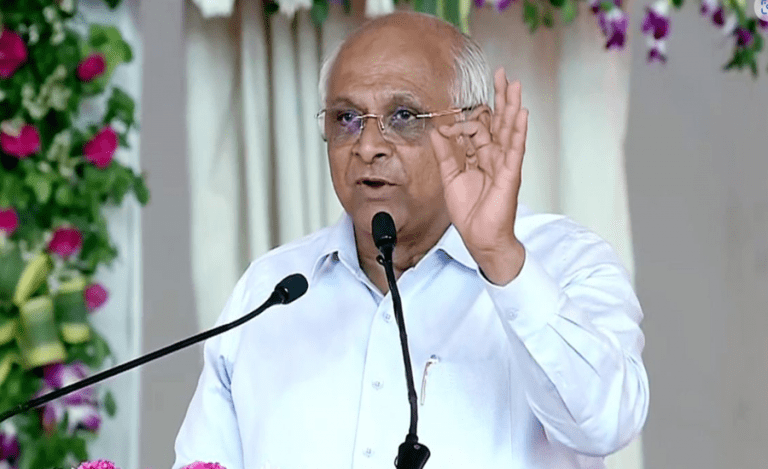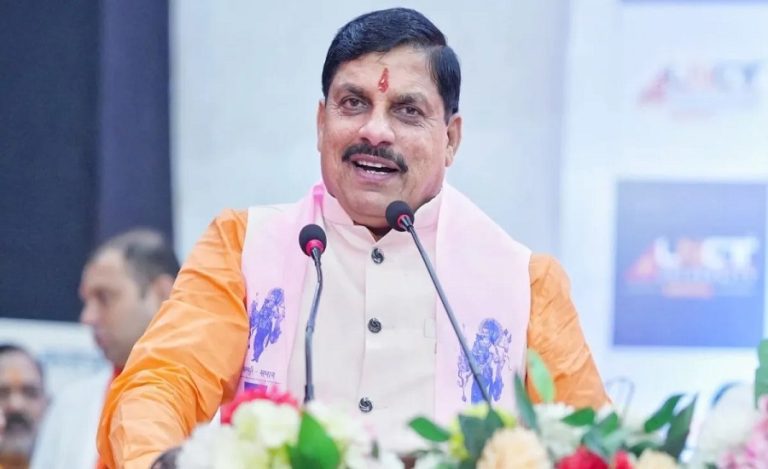New Delhi: Speaking at the inaugural session of the CII International Business Conclave on Green Hydrogen on Thursday, Minister of State for New & Renewable Energy Shripad Yesso Naik underscored the transformative potential of Green Hydrogen in ensuring India’s energy security, reducing reliance on fossil fuels, and driving sustainable industrial growth.
“Green Hydrogen is not just a fuel – it is a commitment to the planet, to future generations, and to sustainable prosperity,” the minister stated.
He urged Indian industry leaders to invest in R&D, scale manufacturing, build infrastructure, and nurture skilled human capital to advance the sector.
Call for Global Partnerships in Hydrogen Innovation
Highlighting India’s ambitions to become a global hub for Green Hydrogen, the minister invited international governments, financial institutions, and companies to partner with India in research, innovation, and trade.
India is actively building collaborations with key partners like the EU, Japan, Singapore, Germany, and the Netherlands to develop frameworks for-
- Hydrogen offtake agreements
- Certification systems
- Shared infrastructure for storage, transport, and trade
SIGHT Programme: Tenders Already Issued
Under the government’s Strategic Interventions for Green Hydrogen Transition (SIGHT) initiative, tenders have already been floated for–
- 42,000 metric tonnes of Green Hydrogen per year (for refineries)
- Over 7.2 lakh metric tonnes of Green Ammonia (for fertilizer production)
The minister also revealed the plan to establish Green Hydrogen corridors across India to ensure regional balance and promote decentralized adoption.
Harnessing MSMEs and Industrial Clusters
Naik emphasized that India’s vast network of MSMEs and industrial clusters offers a significant opportunity to adopt distributed Green Hydrogen models, which could unlock local demand and foster bottom-up growth.
ReNew Chairman: India Needs 40 Million Tonnes Annually for Net Zero by 2070
ReNew Chairman Sumant Sinha, speaking at the conclave, said India would need to scale up Green Hydrogen production to 40 million tonnes per year to meet its net zero goal by 2070.
He emphasized replacing the country’s existing usage of 6 million tonnes of Grey Hydrogen with the green variant and pointed out current cost challenges:
- Green Hydrogen: ~USD 4.5/kg
- Grey Hydrogen: ~USD 0.50/kg
Sinha recommended targeted subsidies, long-term contracts, and policy reforms to make Green Hydrogen more viable.
“The government must address high costs, GST issues, demand creation, and provide long-term contracts to scale production,” Sinha said.
MNRE Secretary: Regulation, Incentives, Standards in Focus
Santosh Kumar Sarangi, Secretary, Ministry of New & Renewable Energy (MNRE), reiterated that Green Hydrogen has a promising future. The ministry is focusing on four key pillars to support the ecosystem:
- Regulation
- Incentives
- Standards
- Collaborations with stakeholders
He also mentioned ongoing discussions with the industry to finalize a clear definition of Green Hydrogen.
Strategic Pillar
The conclave reaffirmed India’s commitment to harnessing Green Hydrogen as a strategic pillar for energy transition, economic growth, and climate leadership. With strong government backing, global cooperation, and industrial momentum, Green Hydrogen is poised to play a crucial role in shaping India’s sustainable future.

